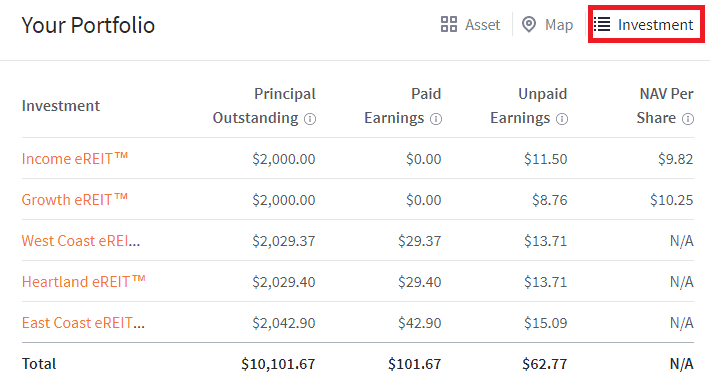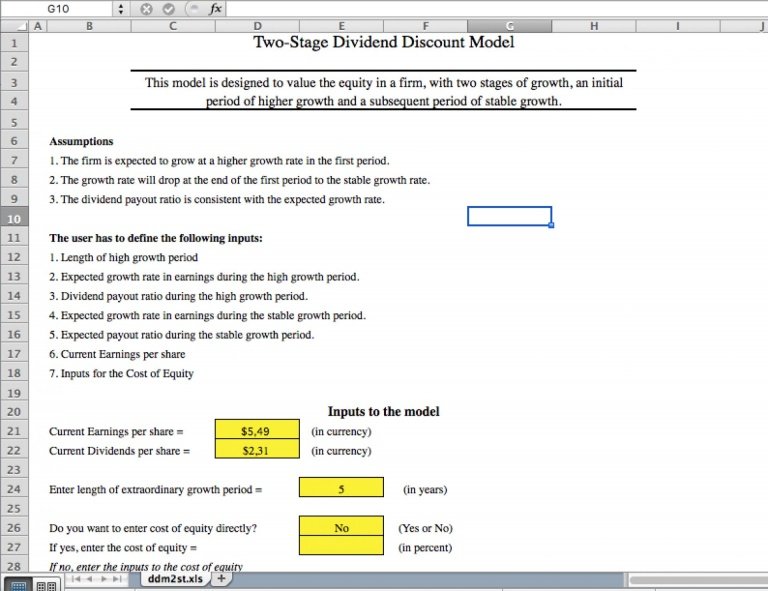
This article will show you how to place a Limit, Market, or Stop order to purchase stocks. An Index fund may be a good option for someone just starting out. An index fund will provide you with a portfolio of the top companies in the country. These steps will give you the knowledge and confidence to purchase stocks.
Limit order
A limit order is an investment strategy in which you place a specific amount of stock in your account for a specific price. Limit orders cannot be executed if the stock price falls below or equals the price you specify. Your order will not be executed if it falls below the limit. The price of the stock may also be higher than the limit price, depending on other orders. Limit orders have the advantage of avoiding market volatility.
Imagine, for example, that you place a limit purchase of Apple stock. When the price goes up from $190 and $210, it is a good deal. If you do not wish to sell at this price, then set a higher limit so that you aren't overpaying. You can also buy stock at a higher cost if Apple goes bankrupt. This way, you will avoid missing out on a great opportunity.

Market order
Some investors swear by using market orders when buying stocks. While it's not the most preferred method, this method is useful in certain situations. This is especially useful when you are in a losing position, and don’t want to wait for the market to move in your favor. You can also use this strategy when you are using automated investment strategies or dollar-cost averaging. You should be aware of the possible risks involved with using a "market order".
Market orders are executed at the current market prices. This is the basic idea behind them. This means that you order will be filled as quickly and efficiently as possible at the current market price. To illustrate, if you want to buy 100 shares from XYZ Inc. at a given price, you will choose the current market price. The price you pay will be the same as the current market price.
Stop order
A stop order for stocks can be a good way of minimizing your loss. Unlike limit orders, however, stop orders do not guarantee a particular price. Once the stop price is reached, your order will automatically convert to a market order. This allows you to have maximum control over your investment decisions. This type of order allows you to hedge against stock movements that are against your interests. You can minimize your risk and have greater control over your stock investments.
While a stop order does not constitute a limit order it instructs the market to execute a buy/sell order when the stock reaches a specified price. Because it limits your losses, a stop-order is an important tool to long-term investors. You should consider using a stoporder if you do so. Consult a financial advisor to determine the best option for you.

Index fund
Index funds are great for those who are new to the stock exchange or don't have time to manage their portfolio. An index fund closely tracks the performance of the S&P 500, a popular stock market index. There are however some differences between index funds as well as actively managed funds. Index funds don't have the same risk restrictions as actively managed funds, so you can choose to invest in one or both of them. You can also select an index fund based on one or several indexes, such as the S&P 500.
Index funds can be used by novice investors without much hassle. You can set a fixed amount of money per month to invest, and then stick with it. Online compound interest calculators will help you calculate the amount you should be investing each month. Once you've decided how much you can afford to invest each month, you should prioritize your investments based on your retirement savings goals.
FAQ
How does Inflation affect the Stock Market?
Inflation can affect the stock market because investors have to pay more dollars each year for goods or services. As prices rise, stocks fall. You should buy shares whenever they are cheap.
Who can trade on the stock exchange?
The answer is everyone. All people are not equal in this universe. Some have greater skills and knowledge than others. So they should be rewarded for their efforts.
Trading stocks is not easy. There are many other factors that influence whether you succeed or fail. If you don’t know the basics of financial reporting, you will not be able to make decisions based on them.
Learn how to read these reports. It is important to understand the meaning of each number. You must also be able to correctly interpret the numbers.
You'll see patterns and trends in your data if you do this. This will help to determine when you should buy or sell shares.
You might even make some money if you are fortunate enough.
What is the working of the stock market?
You are purchasing ownership rights to a portion of the company when you purchase a share of stock. A shareholder has certain rights. A shareholder can vote on major decisions and policies. He/she can demand compensation for damages caused by the company. The employee can also sue the company if the contract is not respected.
A company cannot issue shares that are greater than its total assets minus its liabilities. This is called capital sufficiency.
Companies with high capital adequacy rates are considered safe. Companies with low ratios are risky investments.
What is security in the stock exchange?
Security is an asset that produces income for its owner. The most common type of security is shares in companies.
One company might issue different types, such as bonds, preferred shares, and common stocks.
The earnings per share (EPS), as well as the dividends that the company pays, determine the share's value.
If you purchase shares, you become a shareholder in the business. You also have a right to future profits. If the company pays a dividend, you receive money from the company.
You can sell shares at any moment.
Why is a stock called security.
Security is an investment instrument, whose value is dependent upon another company. It may be issued by a corporation (e.g., shares), government (e.g., bonds), or other entity (e.g., preferred stocks). The issuer can promise to pay dividends or repay creditors any debts owed, and to return capital to investors in the event that the underlying assets lose value.
What is a Reit?
An entity called a real estate investment trust (REIT), is one that holds income-producing properties like apartment buildings, shopping centers and office buildings. They are publicly traded companies that pay dividends to shareholders instead of paying corporate taxes.
They are similar companies, but they own only property and do not manufacture goods.
Statistics
- "If all of your money's in one stock, you could potentially lose 50% of it overnight," Moore says. (nerdwallet.com)
- Even if you find talent for trading stocks, allocating more than 10% of your portfolio to an individual stock can expose your savings to too much volatility. (nerdwallet.com)
- For instance, an individual or entity that owns 100,000 shares of a company with one million outstanding shares would have a 10% ownership stake. (investopedia.com)
- Ratchet down that 10% if you don't yet have a healthy emergency fund and 10% to 15% of your income funneled into a retirement savings account. (nerdwallet.com)
External Links
How To
How to make your trading plan
A trading plan helps you manage your money effectively. It allows you to understand how much money you have available and what your goals are.
Before setting up a trading plan, you should consider what you want to achieve. You may want to save money or earn interest. Or, you might just wish to spend less. If you're saving money you might choose to invest in bonds and shares. If you are earning interest, you might put some in a savings or buy a property. And if you want to spend less, perhaps you'd like to go on holiday or buy yourself something nice.
Once you know your financial goals, you will need to figure out how much you can afford to start. This will depend on where you live and if you have any loans or debts. It's also important to think about how much you make every week or month. Your income is the net amount of money you make after paying taxes.
Next, save enough money for your expenses. These expenses include rent, food, travel, bills and any other costs you may have to pay. Your monthly spending includes all these items.
Finally, you'll need to figure out how much you have left over at the end of the month. This is your net disposable income.
This information will help you make smarter decisions about how you spend your money.
You can download one from the internet to get started with a basic trading plan. You can also ask an expert in investing to help you build one.
Here's an example spreadsheet that you can open with Microsoft Excel.
This displays all your income and expenditures up to now. This includes your current bank balance, as well an investment portfolio.
And here's a second example. This was designed by a financial professional.
It will help you calculate how much risk you can afford.
Do not try to predict the future. Instead, focus on using your money wisely today.